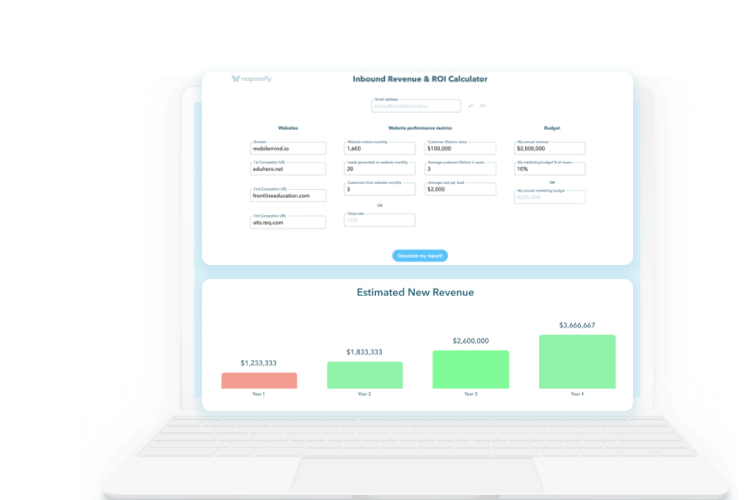 1,156 views
1,156 views 3367 Views
3367 Views  4 min read
4 min readWe love taking the easy route whenever possible. After all, isn’t technology here to make things simpler for us hard-working humans? Attracting new brand devotees and keeping existing users happy is a wondrous struggle. Considering today’s competitive global marketplace, sometimes getting new leads or increasing sales revenue seem impossible! That’s where User Experience Design comes in. Luckily there are some shortcuts you can take when you want to increase your conversion rates. (The volume of online visitors who do what you want them to do when they digitally interact with your brand.) Sometimes it’s as simple as convincing shoppers to checkout after filling their shopping carts. Sometimes it’s scoring new sign-ups for your newsletter mailing lists. Check out our tips below to see how you can make a few tweaks to your User Experience (UX) for an impressive increase in conversion rates. 
We don’t know about you, but we pretty much hate filling out web forms. It seems like we’re always missing some fine-print before we can that shiny new thing we want. Make this process a bit easier on your users by automating as much of the form as possible! For example, we suggest automating the City and State field after a customer has filled in the Zip Code.
Fact:With this moderate-level hack, TrafficSafetyStore.com saw a 38.74% increase in their conversion rates.

The whole point of online ordering is to increase ease and efficiency. So why not make it as hassle-free as possible? Save a customer’s unique ordering information wherever you can. Try highlighting past orders when users come to your site. Don’t forget to save credit card numbers that have affiliated with their account.
Fact:This is a difficult hack to integrate into your online order forms, but should be simple for your website developer. While they’re at it, add a checkbox to auto-fill the shipping address if it matches the billing address.

Talk about a pain in the royal behind! We all hate it when we’ve trudged through a website’s order process only to end up on a big, fat error page. While mistakes do happen, you can handle errors more gracefully on your end. The easiest way is to cache collected data so refreshed pages will return with information still completed. Also, highlight errors in specified fields with a color other than red, such as orange or yellow. The old adage about “seeing red” is no joke. Studies have shown that red tends to provoke intense and alarming feelings in users. Lastly, we’re all insecure beings at heart. It’s best to avoid agitating words such as “Failed” when order form completion has gone awry. Take a note from Mailchimp’s quirky style and use carefree wording like, “Oops, there seems to be a mistake” instead.
Fact: These are easy- to moderate-level tweaks to your website’s ordering forms. Any web developer worth their salt should have no problem integrating the changes. One website saw a 12.91% increase in completed transactions within the first week of implementing cached checkout.

Finally, for the butter on Responsive Web Design’s bread, we must always consider intuitive use when creating web forms. There are many ways to track your user’s habits. It’s key to identify the most common ones to design the ultimate user-intuitive layouts. Examples of layout streamlining include:
Fact:These are easy tricks for your web developer to implement. TrafficSafetyStore.com saw an increase of 23.95% in revenue within one week of streamlining their layout.
We hope these UX tricks help you convert more customers. Implementing these tricks is the next step toward increasing your conversion rates. If you want to learn more ways to improve your website’s UX, check out our User Experience TipSheet.
